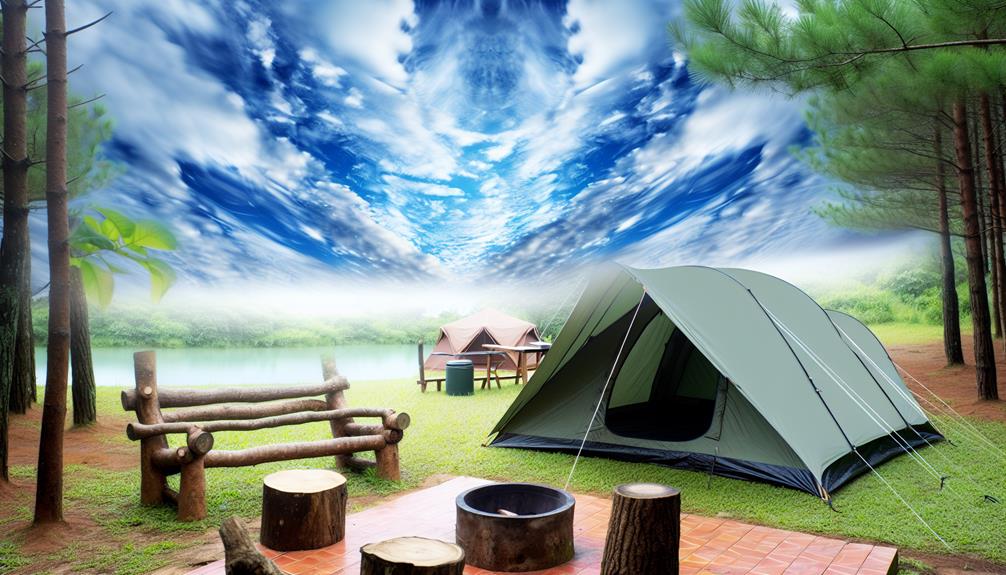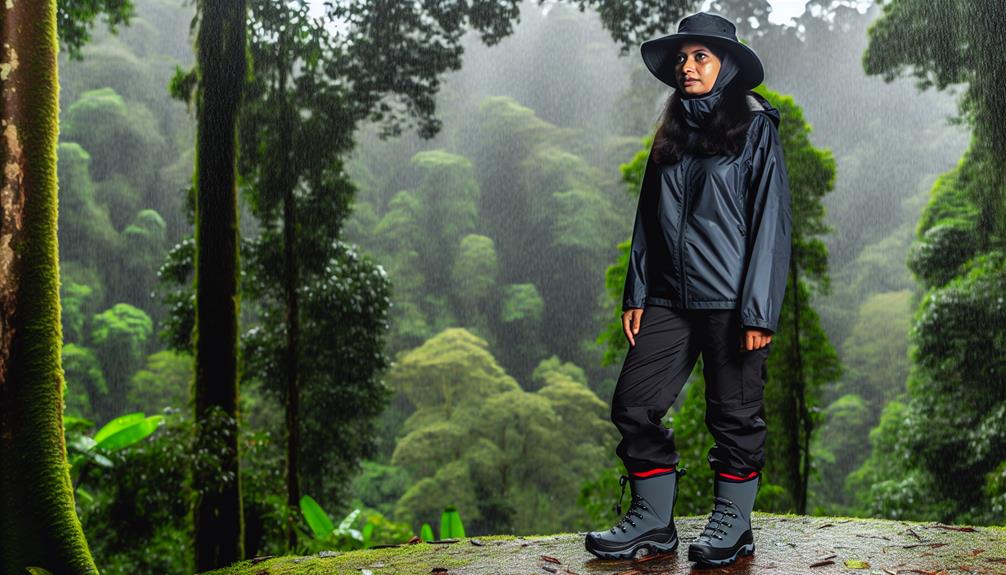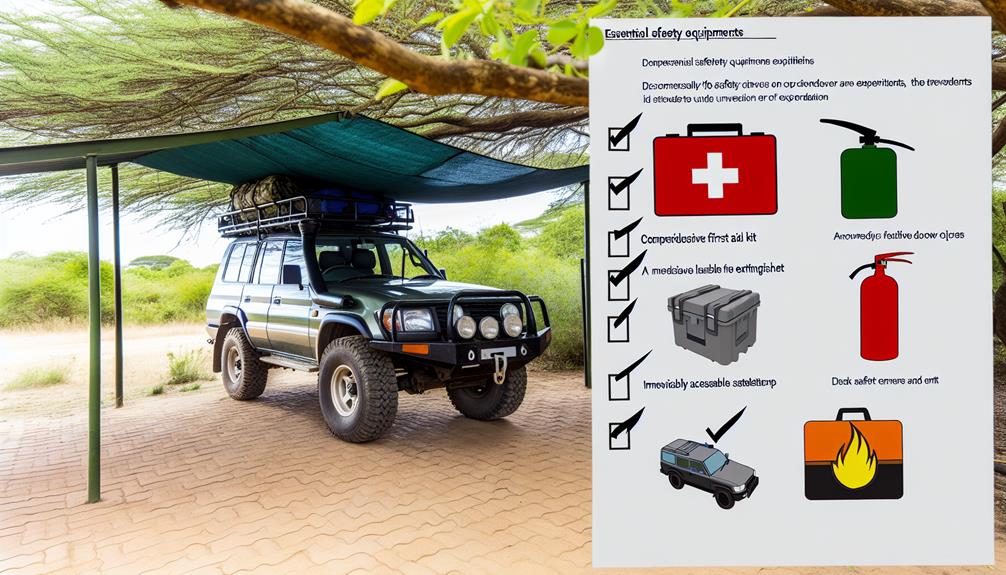When it comes to camping in Australian weather, the juxtaposition of stunning landscapes and unpredictable conditions can make for a thrilling yet potentially hazardous adventure. But fear not, for with the right knowledge and preparation, you can navigate the great outdoors with confidence. From choosing the ideal tent location to packing essential gear for changing weather, these five tips will ensure your safety while camping in Australia. So, whether you're a seasoned camper or new to the game, these tips will prove invaluable for your next outdoor excursion.
Weather Forecasting and Planning
Before heading out on your camping trip, be sure to check the weather forecast to prepare for any potential changes in weather conditions. The importance of weather updates cannot be overstated when it comes to ensuring a safe and enjoyable camping experience. Utilize weather apps and websites to stay informed about the forecasted conditions at your camping location. These tools can provide detailed insights into temperature fluctuations, precipitation, wind patterns, and potential weather alerts. By planning your activities and packing appropriate gear based on the forecast, you can enhance your safety and comfort during the trip. Additionally, staying updated on the weather conditions throughout your camping experience will empower you to make informed decisions and adapt to any unexpected changes. Always have a backup plan in case the weather takes an unforeseen turn.
Suitable Shelter and Campsite Selection

When selecting a suitable shelter and campsite, prioritize safety and comfort by choosing a location away from potential hazards and ensuring stability for your camping setup. Consider the following factors for campsite location and shelter options:
| Campsite Location | Shelter Options |
|---|---|
| Avoid dead trees and branches to minimize the risk of falling objects | Consider a tent with a waterproof rainfly for protection against rain |
| Look for a flat and level area to set up your tent for stability and comfort | Hammocks can provide a lightweight and elevated sleeping option |
| Avoid camping near bodies of water to reduce the risk of flooding and potential hazards | Bivy sacks are a compact and weather-resistant shelter option |
Essential Wet Weather Gear

To ensure your safety and comfort during wet weather camping, it's essential to be equipped with the right gear, building on the importance of suitable shelter and campsite selection for a secure and enjoyable camping experience. When it comes to essential wet weather gear, choosing appropriate clothing is crucial. Pack warm clothing like raincoats, gumboots, beanies, and gloves to stay dry and warm. Don't forget to bring a spare set of clothes in a waterproof bag to stay dry. It's also important to invest in waterproof footwear to keep your feet dry and comfortable. Additionally, including rain ponchos in your camping gear can provide extra protection from the rain. Lastly, pack old towels for mopping up water and keeping yourself dry, and take several tarpaulins for rain protection and wind shielding to ensure a dry campsite.
Vehicle Safety Measures

Make sure your vehicle is in top condition for your camping trip to ensure a safe and smooth journey. Vehicle maintenance is crucial for a trouble-free experience. Here are some key vehicle safety measures to consider:
| Vehicle Maintenance | Wildlife Awareness |
|---|---|
| Check tire pressure and tread depth | Observe speed limits and be cautious of wildlife on the roads |
| Ensure all lights are working properly | Stay alert and expect the unexpected while driving, especially in remote areas |
| Test brakes and brake lights | Be aware of the presence of wildlife and give them right of way when driving in their habitat |
Emergency Preparedness and Communication

In remote camping areas, ensuring effective communication and emergency preparedness is crucial for a safe and secure outdoor experience. Always inform someone of your camping plans and expected return date in case of emergencies. Carry a two-way radio or a GPS device to communicate in remote areas. Have access to maps and emergency coverage at the campsite for effective communication and navigation. Additionally, it's important to have emergency contacts readily available and be aware of local emergency services. In the event of a potential natural disaster, prioritize safety and be prepared with emergency evacuation procedures. Prioritizing safety in severe weather conditions and considering postponing or canceling the trip if needed is essential. By being well-prepared and informed, you can minimize potential risks and ensure a safer camping experience.

